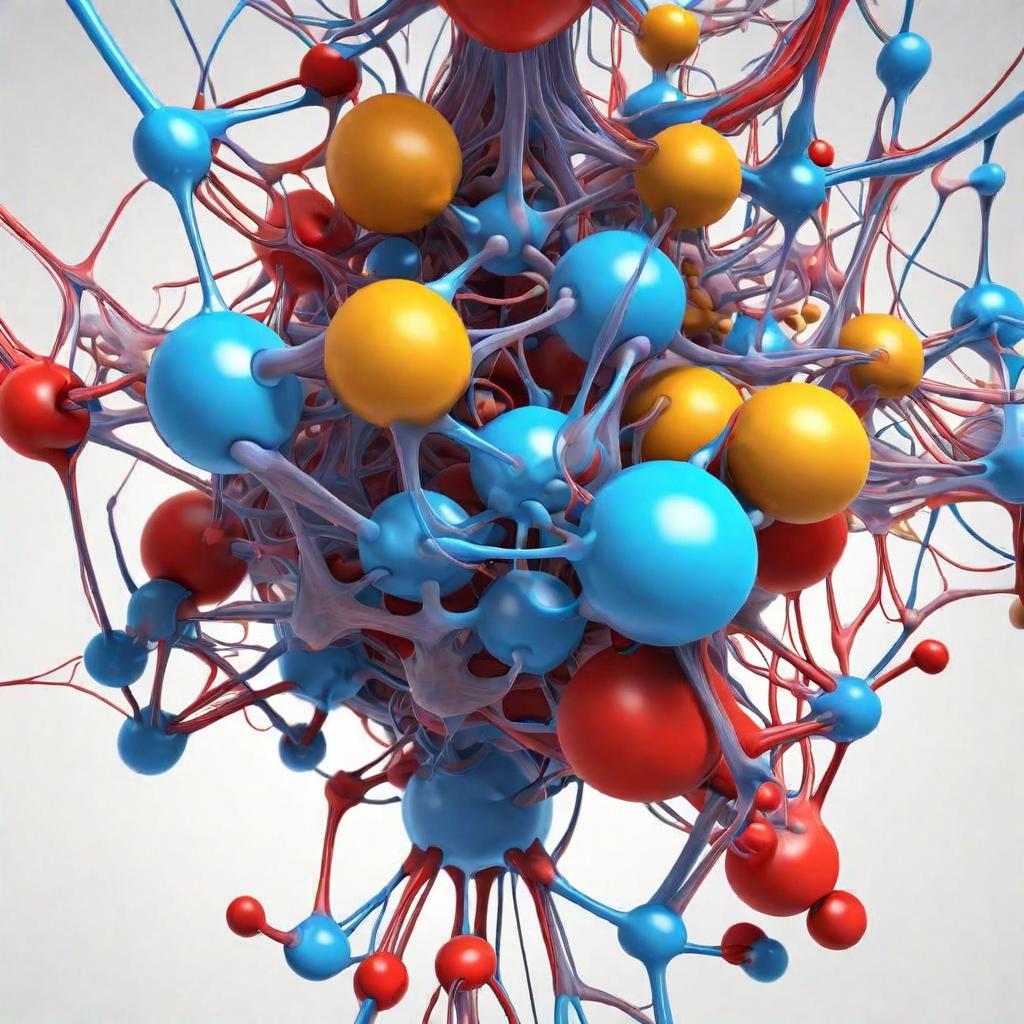Protein pacing refers to the strategic distribution of protein intake throughout the day to optimize muscle protein synthesis (MPS) and support overall health and fitness goals. Instead of consuming large amounts of protein in one sitting, protein pacing involves spreading protein intake evenly across meals and snacks.
The concept is rooted in research suggesting that the body can only utilize a certain amount of protein at once for muscle repair and growth. By spacing out protein consumption, individuals can maximize MPS and potentially enhance muscle retention, repair, and growth over time.

Protein pacing typically involves consuming a moderate amount of high-quality protein (containing all essential amino acids) with each meal and snack. The exact protein requirements vary depending on factors such as age, gender, weight, activity level, and fitness goals. However, a common recommendation is to aim for around 20-30 grams of protein per meal or snack.
Benefits of protein pacing may include:
- Muscle Maintenance and Growth: By providing a consistent supply of amino acids, protein pacing supports MPS, which is crucial for maintaining and building muscle mass, especially in conjunction with resistance training.
- Appetite Regulation: Protein has been shown to enhance feelings of fullness and satiety, which can help control appetite and prevent overeating, leading to better weight management.
- Metabolic Health: Adequate protein intake plays a role in regulating blood sugar levels, supporting metabolic function, and preserving lean body mass, which can be beneficial for overall health and disease prevention.
- Muscle Recovery: Consuming protein after exercise can aid in muscle recovery by supplying the necessary building blocks for tissue repair and adaptation.

To practice protein pacing effectively, individuals should focus on incorporating lean sources of protein into their meals and snacks, such as poultry, fish, lean meats, eggs, dairy products, legumes, tofu, tempeh, and protein-rich grains like quinoa. Pairing protein with carbohydrates and healthy fats can create balanced meals that provide sustained energy and promote satiety.
Ultimately, protein pacing is a personalized approach to nutrition that emphasizes the importance of spreading protein intake throughout the day to support muscle health, optimize performance, and achieve long-term fitness goals.